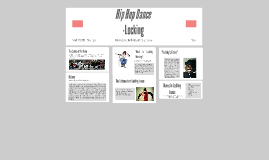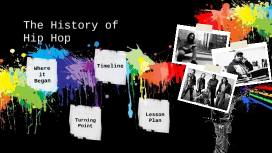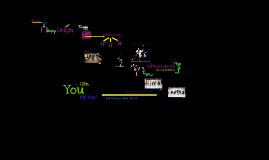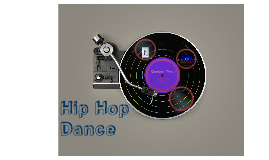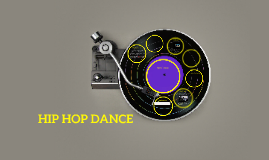Hip Hop Dance!
Transcript: Fun facts~ You don't have to be a pro in order to dance hip hop. Anyone can join hip hop The dance was created in the early 70's Most people who danced hip hop back then were never really taught by a dance teacher Most moves come from the heart Conclusion~ Hip hop is not the easiest dance in the world but anyone can dance if they put their minds to it. All the moves you learn come from the heart, dancers are very dedicated into what they do. The next time you may dance wheather it be at a school dance, dance competition or just dancing with some friends make sure to remember this~ You've got to dance like no one is watching! Thank you Who has performed it\ Places performed~ Back in the 60's-early 70's hip hop dance was not "taught" professionals, it was just basically dancers who would come together with their talent and form a dance crew. Everyone had a talent it just took some time to find it and put a dance together. Now days there are actual hip hop studios that you pay to learn how to dance hip hop and all other dances based around hip hop. Even though Hip hop began in the streets it is now taught in professinal studios. Materials and Costumes~ How Hip Hop was created~ How has Hip Hop changed? Dance 2014 Hip hop dancing is perfomed at dance competitions, ceremonies, sports events, concerts, T.V, the streets. Often times you may see fund raisers being held in which Hip Hop dancers and other dancers will attend and show off their talent to large crowds of people to raise money for things like orphanages. Hip hop is performed by dance crews, street dancers, dance studios, singers such as Justin Bieber, and many more. Hip Hop dance was thought to ofically begun in New York in the early 1960's and early 70's. Hip hop was known to be taken place in Ghetto's and streets because dancers from all around would come and "battle" in the streets. Most hip hop dancers back then were not trained to dance, so they basically just used what ever moves would come to mind to make up what was called a dance. In 2005 popular T.V shows were started. One that I used to watch was So You Think You Can Dance. This show allowed Hip Hop dancers to come on television and display their moves for a chance to win fame. Although they were forced to compete against ballet dancers, tap and ballroom dancers, they took the challenge. Hip hop was created by "kids" coming together and originally dancing in the streets and making up dance crews and performing.Back in the 1970s, Black and Latino Americans created a wide range of styles, which include breaking, locking, and popping. The difference between hip-hop dance and other forms of dance is the moves are not choreographed like you see in some studios. It is often freestyle dance, moves that are made up on the spot. Breaking is often used in battles and other dances that include flipping. Locking is when you're dancing in a fast movement and then you lock yourself into a position otherwise known as a pose. Popping is a technique of quickly contracting and relaxing muscles to cause a jerk in the dancer's body, referred to as a pop or a hit. This is done continuously to the rhythm of a song in combination with various movements and poses. Hip Hop has been one of the biggest growing types of dances. Ever since Hip Hop was first created in New York in the 60's-70's the clothing has changed quite a bit. When hip hop first started jumpers were quite common. In the early 80's track suits became the main outfit worn during hip hop performmances as well as practices. Now most hip hop dancers wear loose baggy pants such as harlem pants, or easy moving pants where your legs can move in all shapes and forms. Most hip hop dancers wear shirts that have logos on them such as Adidas, Puma, nike. They sometimes wear bandanas or sweat bands. Guys tipically wear basketball shorts and a baggy shirt, or sweat pants. Hip Hop Dance! History of hip hop~







